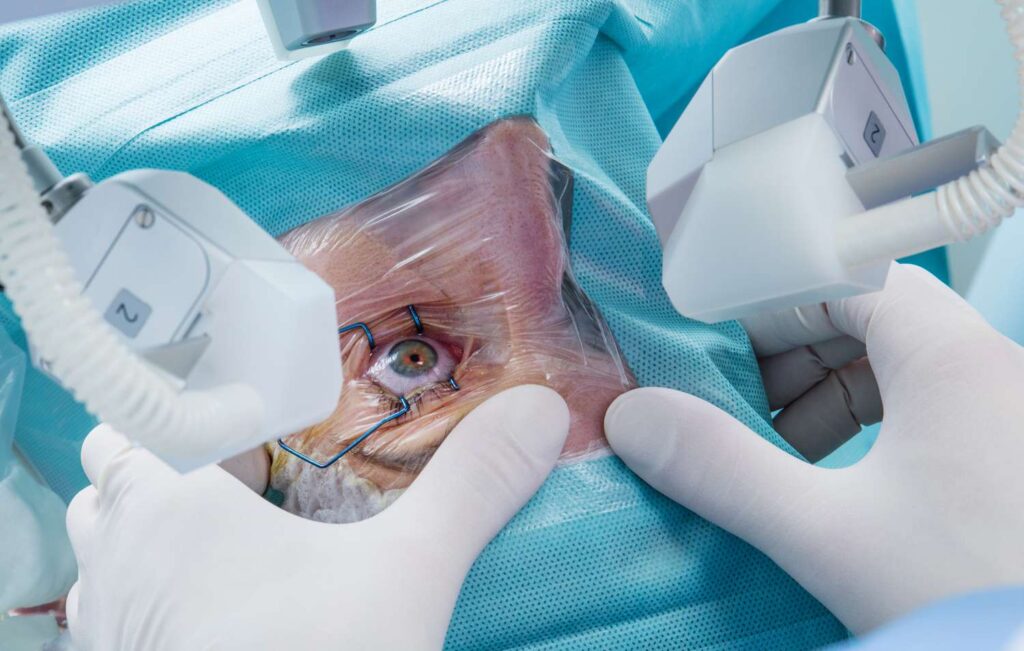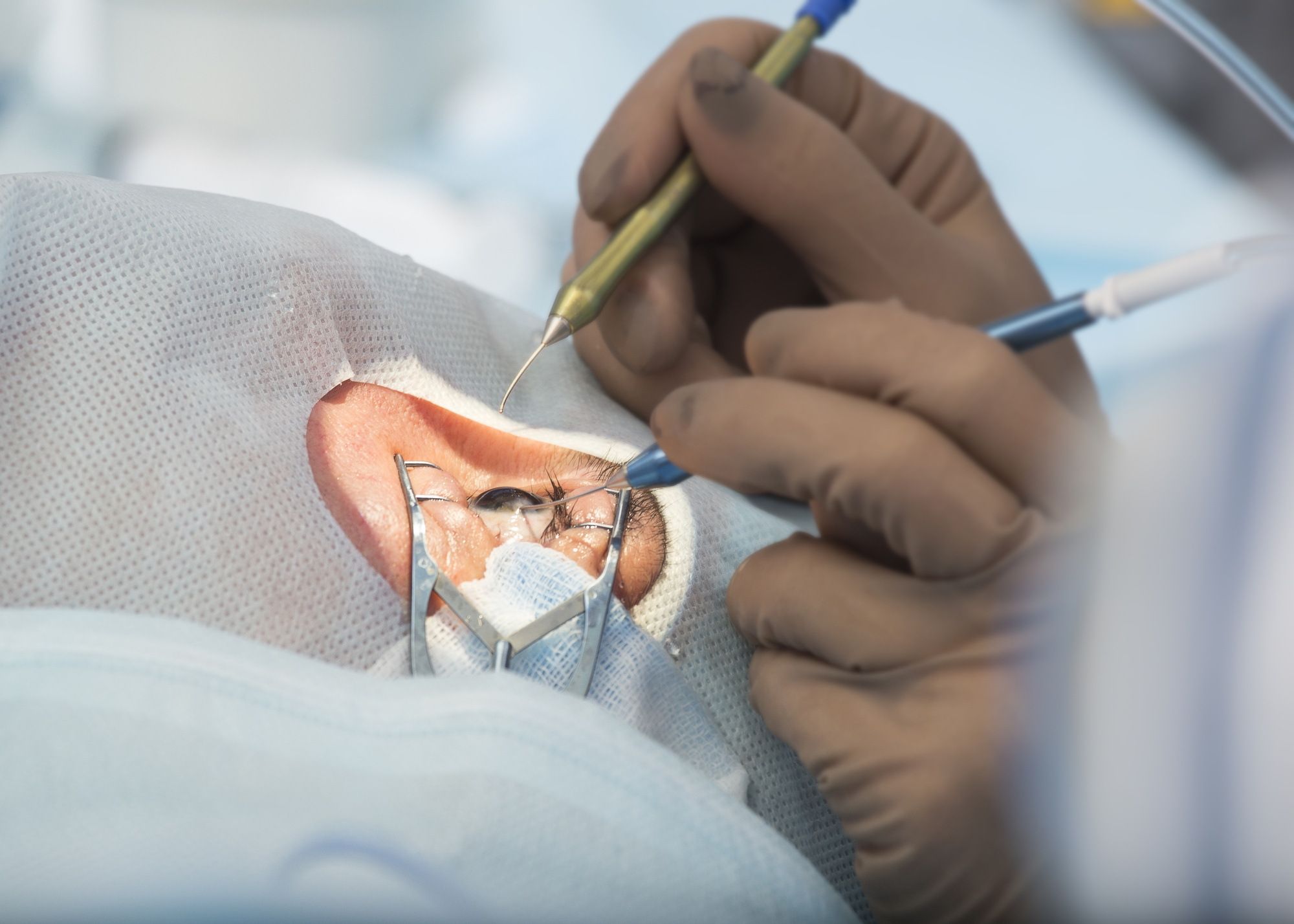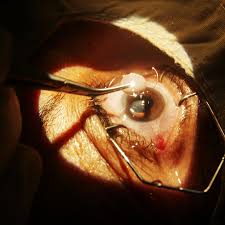Laser eye surgery has become an increasingly popular option for Australians looking to reduce their dependency on glasses or contact lenses. With advanced technology offering LASIK, PRK, and SMILE procedures, many patients are curious not only about the surgery itself but also about the costs involved in 2025.
Understanding the price range, factors affecting costs, and real patient experiences can help you make an informed decision about whether laser eye surgery is the right choice for your vision correction.
What Is Laser Eye Surgery?
Laser eye surgery is a procedure that reshapes the cornea — the front transparent layer of the eye — to improve how light is focused on the retina. The goal is to correct common vision problems such as:
- Nearsightedness (myopia)
- Farsightedness (hyperopia)
- Astigmatism
By realigning the eye’s focus, patients can enjoy clearer vision without glasses or contact lenses.
Types of Laser Eye Surgery
- LASIK (Laser-Assisted In Situ Keratomileusis)
In LASIK, a thin corneal flap is created and lifted before a laser reshapes the underlying tissue. The flap is then replaced. Recovery is typically quick, with most patients seeing clearly within 24–48 hours. - PRK (Photorefractive Keratectomy)
PRK removes the outer corneal layer before reshaping the cornea beneath. Recovery takes longer, often 1–2 weeks, but it is suitable for patients with thinner corneas or certain lifestyles. - SMILE (Small Incision Lenticule Extraction)
SMILE involves a small incision in the cornea through which a lens-shaped piece of tissue is removed. This minimally invasive method offers rapid recovery, often allowing patients to return to normal activities within a few days.
Who Is Eligible?
You may be a candidate for laser eye surgery if you:
- Are over 18 with stable vision for at least a year
- Have healthy corneas and no significant eye disease
- Are not pregnant or breastfeeding
- Don’t have severe dry eyes or glaucoma
An ophthalmologist can determine which procedure suits your needs best.
Laser Eye Surgery Costs in Australia (2025)
The cost of laser eye surgery varies depending on the procedure type, clinic, technology, and surgeon’s experience. Here’s a general breakdown:
| Procedure | Average Cost Per Eye (AUD) | Notes |
|---|---|---|
| LASIK | $2,500 – $3,500 | Popular, fast recovery |
| PRK | $2,000 – $3,200 | Slower healing, suitable for thin corneas |
| SMILE | $3,000 – $4,000 | Minimally invasive, rapid recovery |
Additional cost factors:
- Pre-surgery assessments
- Follow-up visits
- Medications (eye drops, antibiotics)
Insurance & Financing:
While Medicare typically does not cover elective laser eye surgery, some private health insurance plans offer partial coverage. Many clinics provide flexible payment plans or interest-free options to help spread the cost.
Real Patient Stories About Costs and Value
Hearing from real patients gives perspective beyond price tags.
1. Olivia, 30 – LASIK
“I initially hesitated because of the price, but after comparing clinics and reading reviews, I chose a trusted surgeon. The LASIK procedure cost $3,200 per eye. Considering I no longer need glasses, I feel it was worth every cent.”
2. Daniel, 45 – PRK
“PRK was slightly cheaper at $2,500 per eye. Recovery was longer, but the results were excellent. I see it as an investment in convenience and quality of life.”

3. Mia, 27 – SMILE
“SMILE was $3,800 per eye, the highest I looked at, but it was minimally invasive and quick. I appreciated the shorter downtime and modern technology.”
4. Liam, 38 – LASIK
“I found a clinic offering a payment plan, which made LASIK more affordable at $2,900 per eye. Being able to pay in installments reduced stress and helped me commit confidently.”
Common Challenges and How Patients Overcame Them
Even with clear pricing and planning, patients face challenges:
- Cost anxiety: Researching multiple clinics and asking about financing options helped ease worry.
- Recovery concerns: Understanding the recovery timeline allowed patients to plan time off work and daily activities.
- Decision-making: Comparing procedure types, success rates, and patient reviews made the decision easier.
Patients consistently emphasize that understanding the full cost, including post-surgery care, ensures no surprises and smoother recovery.
Tips and Advice from Patients
- Compare multiple clinics: Prices can vary, so research widely.
- Ask about packages: Some clinics include assessments, follow-ups, and medications in the total cost.
- Plan your finances: Consider using payment plans if upfront costs are challenging.
- Consider long-term value: Cost per eye may seem high, but the convenience and freedom from glasses often outweigh the initial expense.
- Prioritize quality: Choose experienced surgeons over the lowest price for safety and better results.
Benefits Patients Experienced After Surgery
- No more glasses or contacts – a major convenience in daily life
- Improved confidence and independence
- Enhanced sports and outdoor activities
- Time savings and fewer recurring expenses
- High satisfaction with vision clarity
Patients often report that the initial cost is quickly justified by the lasting benefits of laser eye surgery.
Conclusion: Making an Informed Investment in Your Vision
Understanding the cost of laser eye surgery in Australia in 2025 helps you make a well-informed decision. While prices vary based on procedure type, clinic, and technology, most patients find the investment worthwhile for the freedom, convenience, and life-changing clarity that comes with improved vision. Consult a qualified ophthalmologist to explore options, discuss costs, and plan for a successful recovery.
FAQS
In 2025, LASIK costs between $2,500 and $3,500 per eye. Prices vary depending on the clinic, surgeon experience, and technology used. Many clinics also offer payment plans to make the procedure more affordable.
Yes, SMILE tends to cost slightly more, ranging from $3,000 to $4,000 per eye. Its minimally invasive approach and rapid recovery often justify the higher price for many patients.
Most patients report that the initial investment is worthwhile due to the long-term benefits, including freedom from glasses, improved vision, and increased convenience in daily life.
Yes. Costs may include pre-surgery assessments, follow-up visits, and post-surgery medications such as lubricating eye drops or antibiotics. Clinics sometimes bundle these into a package.


